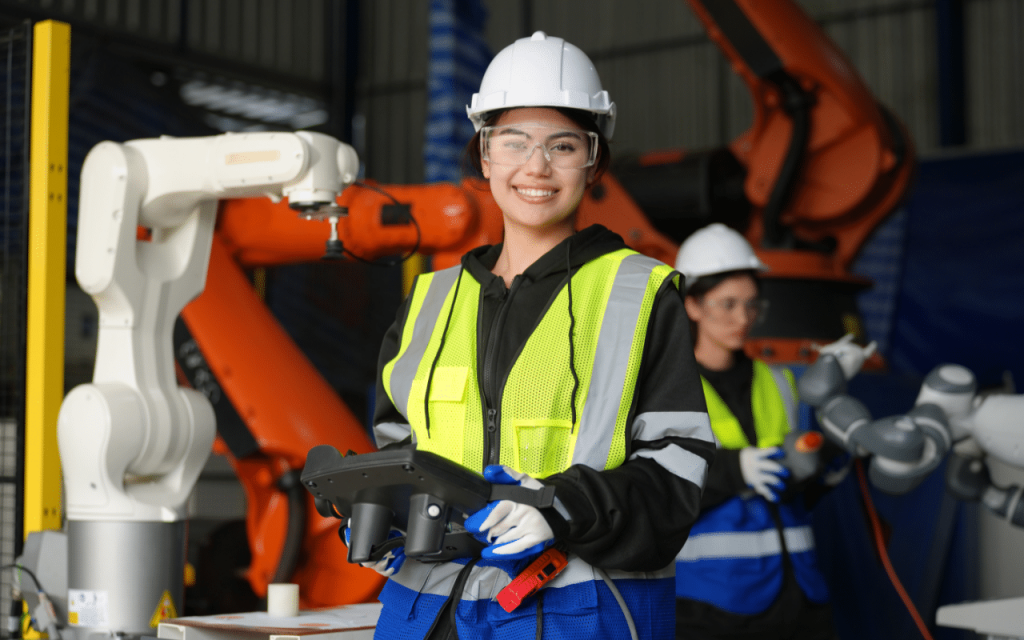The emergence of Industry 4.0 is revolutionizing businesses around the world as they integrate the Internet of Things (IoT), machine learning, and extended reality (XR) into their operations. This convergence of technology is reshaping industries, bringing about a new era of efficiency, productivity, and innovation. As the wave of Industry 4.0 gains momentum in Europe, there are valuable lessons that can help businesses navigate this digital transformation and ensure success.
One of the key lessons is the realization that adopting Industry 4.0 does not mean discarding old equipment. Instead, businesses can retrofit their existing industrial equipment with new technologies such as smart robotic and sensing systems, IoT, digital twins, and XR applications. This opens up two opportunities for businesses – they can either refurbish their machines or explore remanufacturing possibilities. Refurbishment involves updating old equipment to maintain reliability or extend service life, while remanufacturing focuses on repurposing discarded parts into new products with the same function. Dr. Michael Peschl, Head of R&D at Harms & Wende GmbH & Co. KG, emphasizes the importance of data generation through sensors, IoT networks, and algorithms for successful equipment re-use. Additionally, tackling the challenge of interfacing legacy equipment is crucial to ensure seamless integration.
Empowering the workforce is another important lesson in successfully embracing Industry 4.0. Companies need to develop strategies that involve workers, operators, and other responsible individuals in the manufacturing process. Training and upskilling employees is a crucial factor in adapting to advanced technologies. By providing training, employees become more comfortable with advanced equipment and can identify potential applications of Industry 4.0 technologies in their workplace. Virtual/augmented reality (XR) applications can play a significant role in training and familiarizing workers with new procedures or workplace layouts. The MASTER project, for example, aims to improve the XR ecosystem by providing an open platform for training robotics in manufacturing. This platform enables non-experts and non-programmers to remotely program industrial robots, visualize safety zones, and use gaze-based interactions.
Building bridges of trust between employees, management, and technology is another important lesson. Many individuals are reluctant to embrace these innovative technologies due to a lack of skills and knowledge. Thus, it is crucial to bridge the gap between academia and industry, enabling knowledge sharing between companies and researchers. Consulting technology experts and partnering with consultants or existing Industry 4.0 practitioners can also facilitate a smooth transition. Raising awareness among employees at different levels and familiarizing them with advanced technologies are essential steps for successful integration. Companies can also actively engage in research endeavors and industrial pilots, positioning themselves as pioneers in the adoption of cutting-edge technologies.
Overall, as Industry 4.0 continues to reshape industries across Europe, businesses must adapt and make the most of this digital transformation. By embracing refurbishment or remanufacturing, empowering the workforce through training and upskilling, and building bridges of trust through strategic partnerships and knowledge sharing, businesses can navigate the challenges and reap the benefits of Industry 4.0. With careful planning and implementation, companies can increase efficiency, competitiveness, and innovation in this new era of technology-driven manufacturing.
